

William Stopford
The cars axed in 2025 that we'll miss the most
16 Hours Ago
Australia’s cheapest sedan is a value-packed offering – so long as you’re okay to go without some safety things…
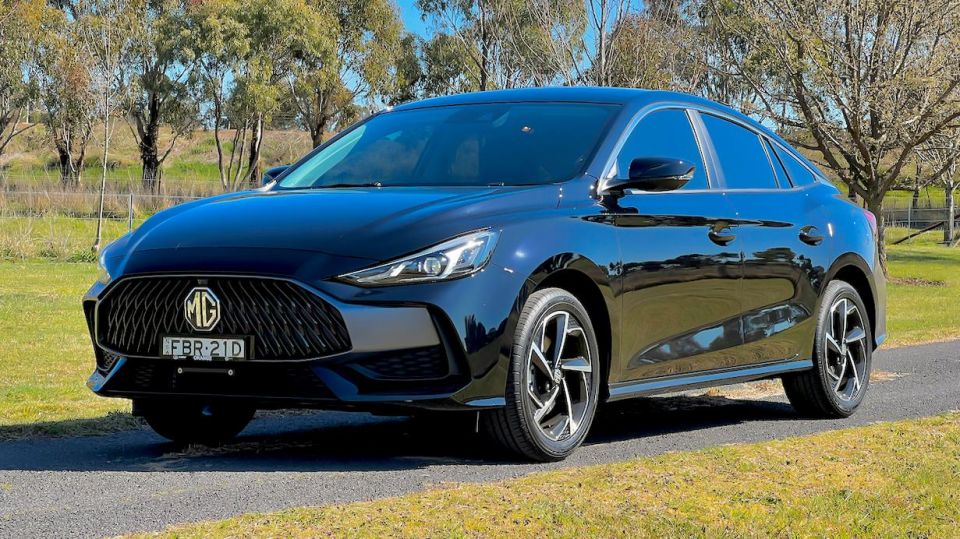
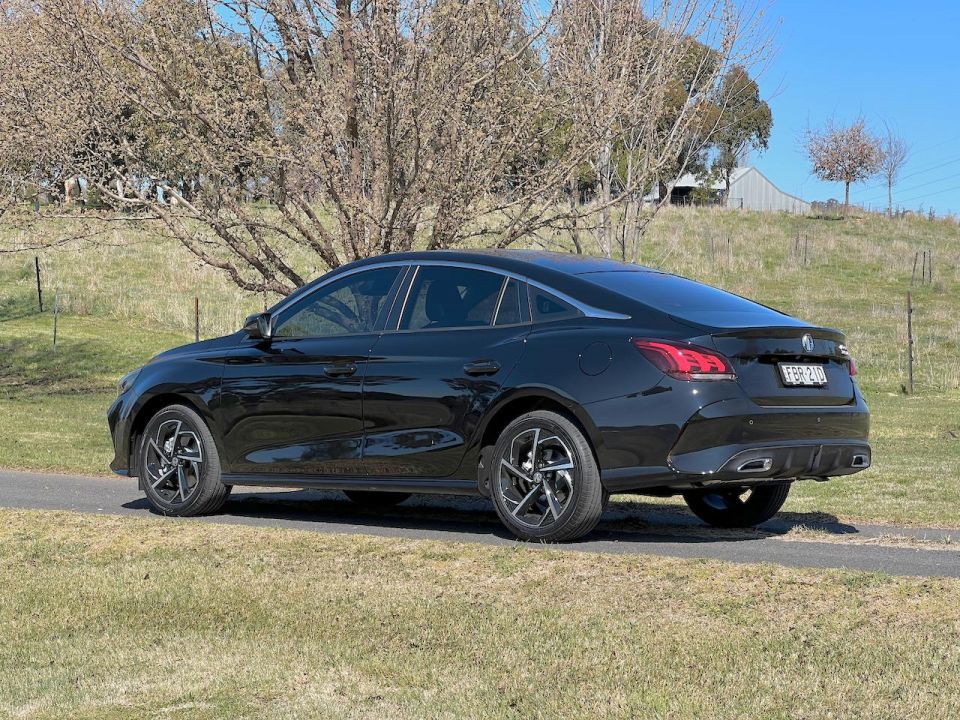

Quickly see how this car stacks up against its competition. Select any benchmark to see more details.
Where expert car reviews meet expert car buying – CarExpert gives you trusted advice, personalised service and real savings on your next new car.
The MG 5 is Australia’s cheapest sedan – that’s one way of looking at it. The other way is that it’s the most value-packed small sedan on the market.

Cheap, apparently, can have negative connotations, especially when it’s translated to Chinese. But as MG has proved with a number of models in the past, ‘relative’ cheapness is a vital selling point for buyers, and value is an even more attractive consideration.
So, this car offers loads of value for the small amount of money being asked – provided customers don’t expect the absolute latest in active safety technology, which this car doesn’t have. It has some, but not all, of the potentially life-saving features that most modern rivals offer.
Does that matter? And is the car good enough for you to potentially overlook those safety items, which – as we know – can be more annoying than assisting if not calibrated correctly?
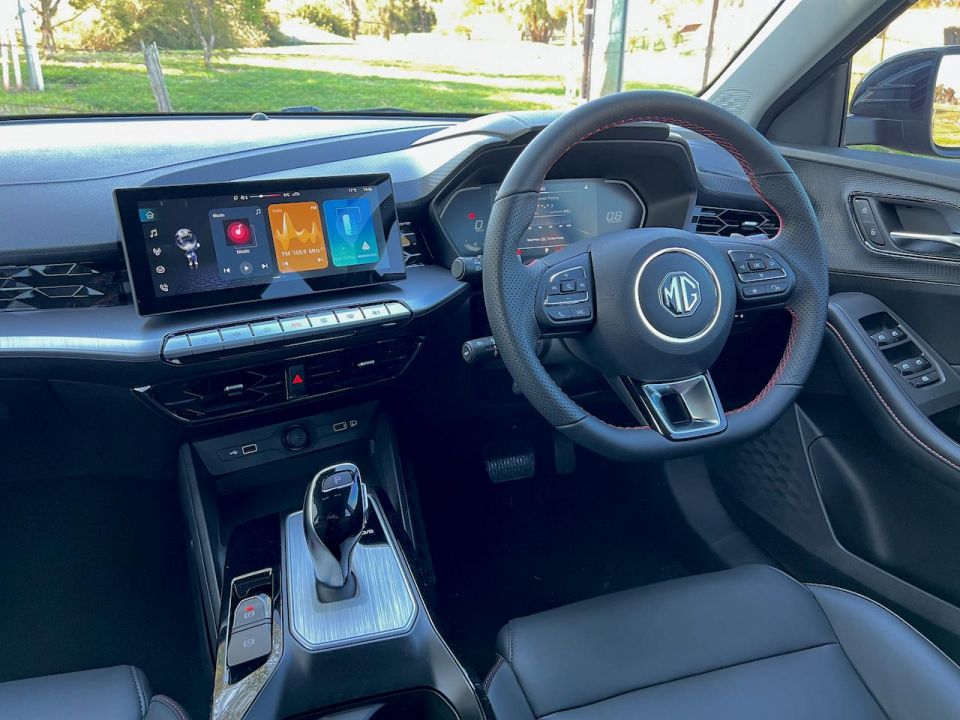
This car surprised me in so many ways – read on and you’ll find out why.
Thanks to my friends at Orange MG in NSW for helping out with this test drive.
Yep, the MG 5 officially the nation’s least expensive sedan because the brand offers nationwide drive-away pricing. There are two different trim levels, with our top-spec Essence coming in at $28,990 drive-away.
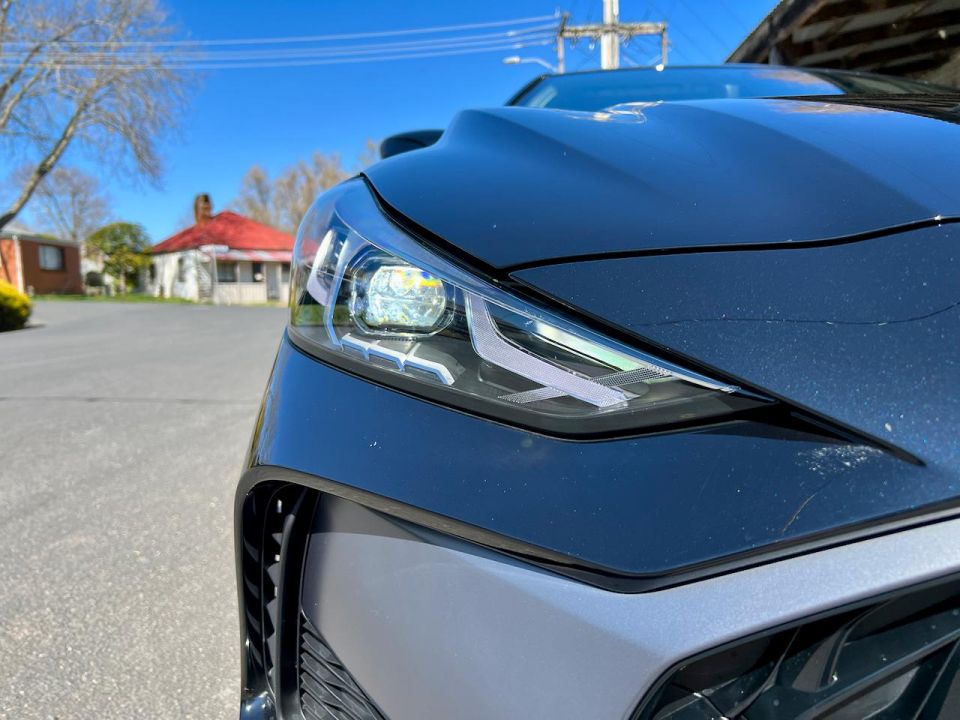
If you choose one of the premium paint colours, you’ll have to fork out an extra $700. They include the metallic options Misty Grey, Brixton Blue, Diamond Red or Black Pearl as seen here. The two no-cost options are solid paint choices; Royal Yellow and Dover White.
Competitors? It has a few, but none offer the value for money this does.
If you want a better-known nameplate, you could get a Hyundai i30 Sedan in base Active spec with a manual gearbox for $26,000 before on-roads, while the auto would push that up to $28,000.
There’s also the Kia Cerato, which you can get in base S spec with auto for $26,290 before on-road costs as a sedan or hatch, but bear in mind if the active safety stuff matters you’ll want to push the price up another $1000 to get the optional Safety Pack.
Other choices include the Toyota Corolla (from $29,270 before on-roads), or the Mazda 3 (from $30,230 before on-roads). For all of these well-known brands, the on-road costs add another $3000 or so to those prices.
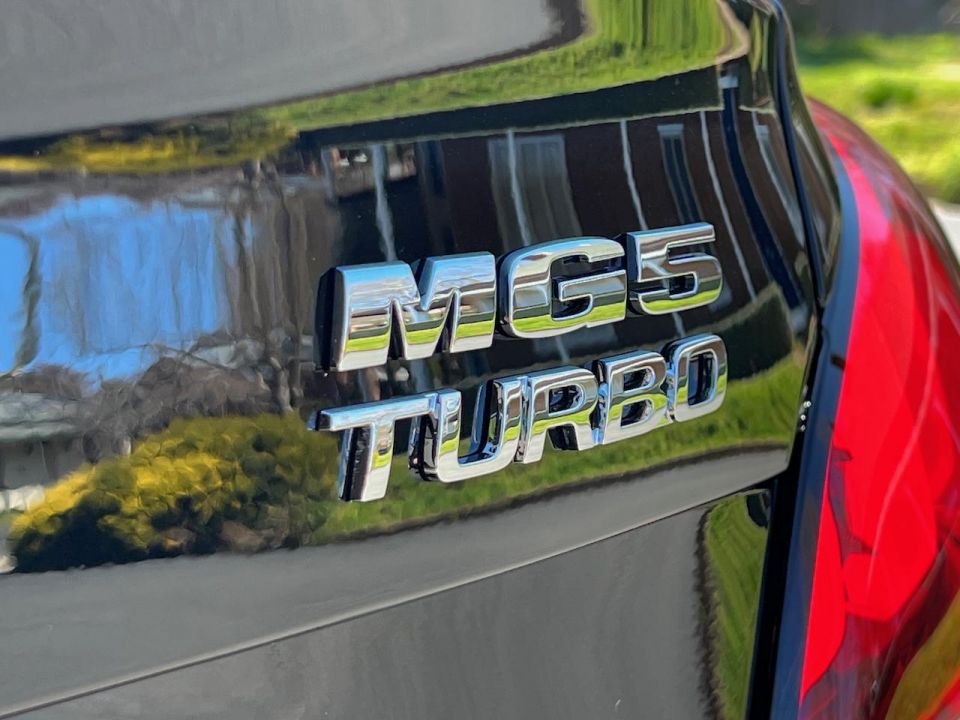
2024 MG 5 pricing:
All prices are drive-away
Buy your new car without the stress. It's fast, simple and completely free.

Great service from Travis and team, second time I have used this business would not hesitate to recommend them to anyone
Craig C.
Purchased a Ford Ranger in Sunshine Coast, QLD
CarExpert helped Craig save thousands on his Ford Ranger, now let us save you on your next new car.
Find a dealAnyone upgrading from something that’s a few years old will feel like they’re stepping up, while those trading in a 10- or 15-year-old car will feel as though they’ve gone into a different world.
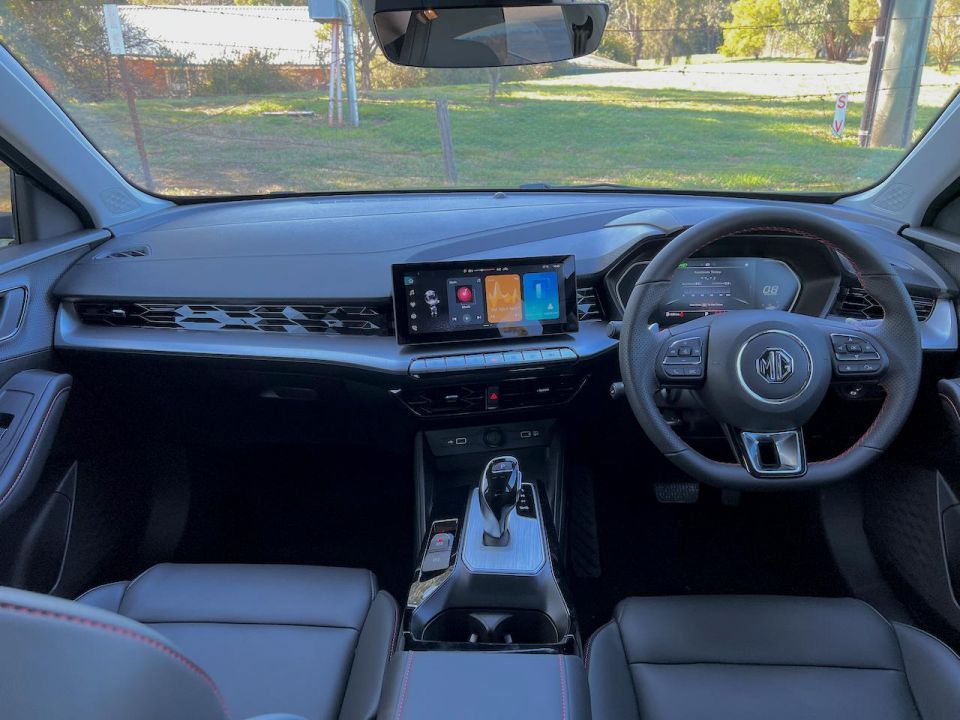
That’s saying something for a car that’s very affordable, and what’s quite democratising about it is that the entry-level and top-spec versions don’t look all that different to one another from the inside.
The giveaway is the steering wheel, which in the Vibe is a plastic wheel, while the top-spec Essence gets a leather-ish covered item with paddles.
Otherwise, it’s common fare between the two from an appearance perspective, with sporty looking red-stitched fake leather trim, nice design elements to the plastic finishes on the dash, soft padded sections where they should be (elbow pads on the door cards front and rear, and on the centre console bin), all with a general feeling it’s well put together.
Both grades also have a standard 10.0-inch touchscreen media system with Apple CarPlay and Android Auto, and there’s a digital instrument cluster as well.

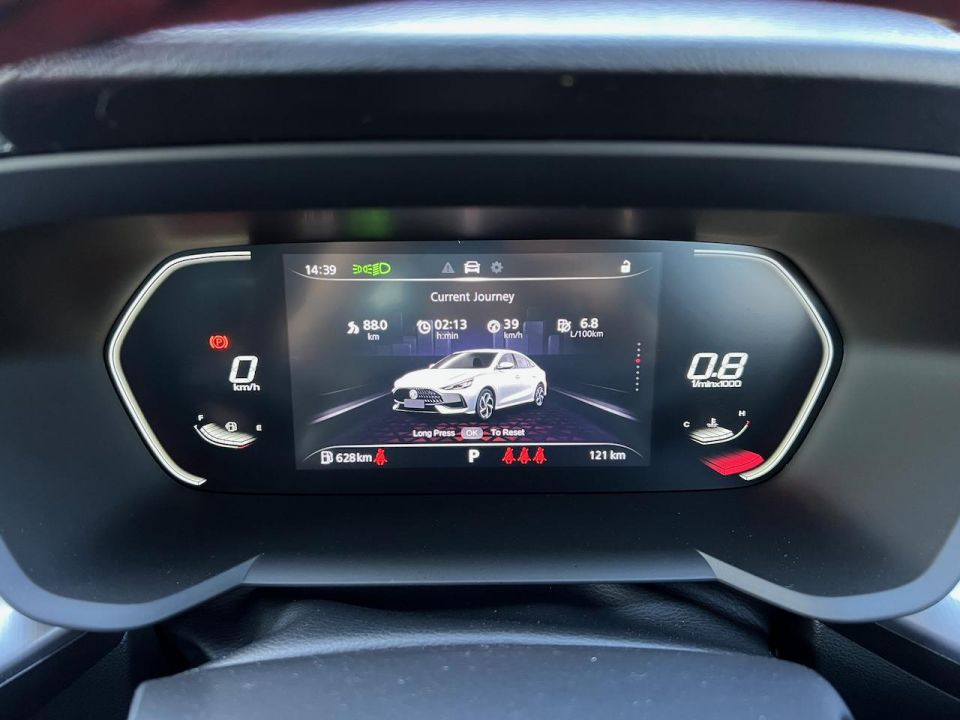
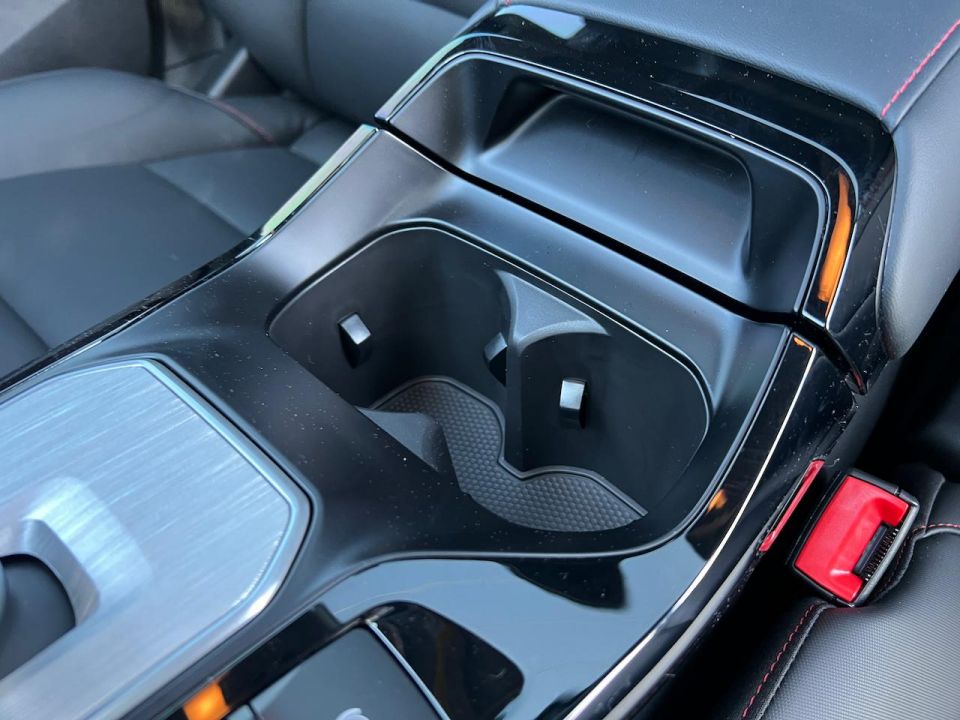
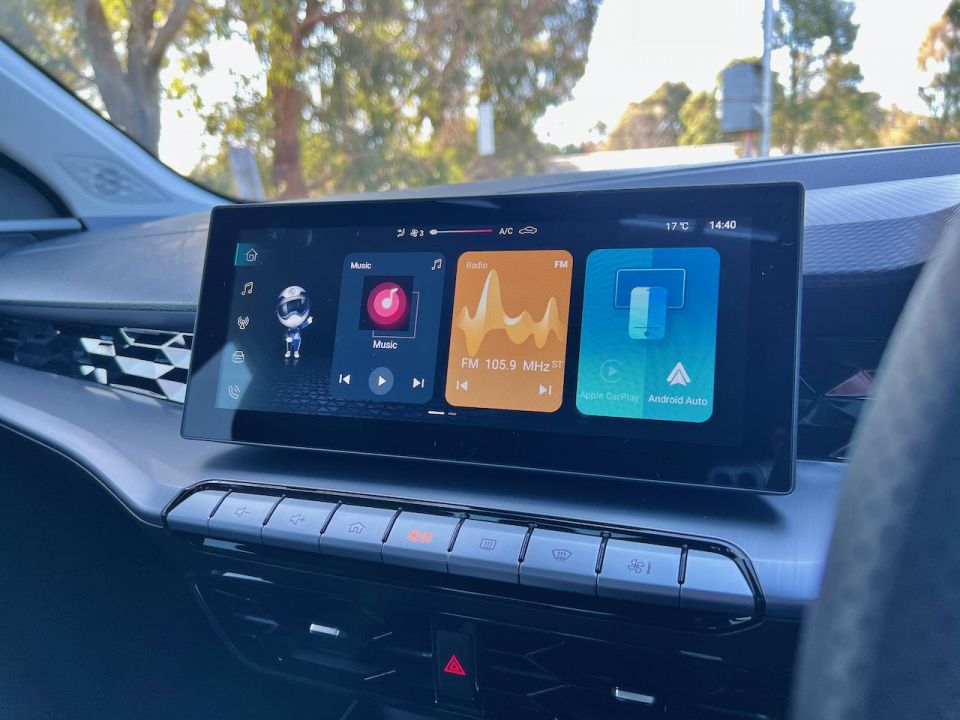
The controls for the driver info screen are simple, toggled by the steering wheel controls, while the central multimedia unit is a little more of a learning game. But with time you’ll get the hang of it, including the fact there are buttons below the screen for specific controls, but you must use the touchscreen to adjust the temperature and the fan speed.
This is a trend in a lot of new cars, and it peeves me, but I know there are people out there who will say “you get used to it” or “try the voice control system” or whatever – fine. Just realise it’s not as simple to touch a screen with small controls as it is to grab a dial or press a physical button to adjust things.
The black car I drove; in combination with the fake leather trim and air-conditioning that felt a little duller than it should have, meant I felt it was hotter than it ought to be for a late winter day. I struggled to cool the car (and myself) down after hours of driving, and the vents aren’t the easiest to get a good flow to your face.
Storage in the front is pretty good, with a pair of usable (not Euro-spec) cupholders between the front seats, a storage tray in front of the shifter (sadly not a wireless charger), and a decent sized centre console bin, glovebox and bottle holder/pockets in the doors.
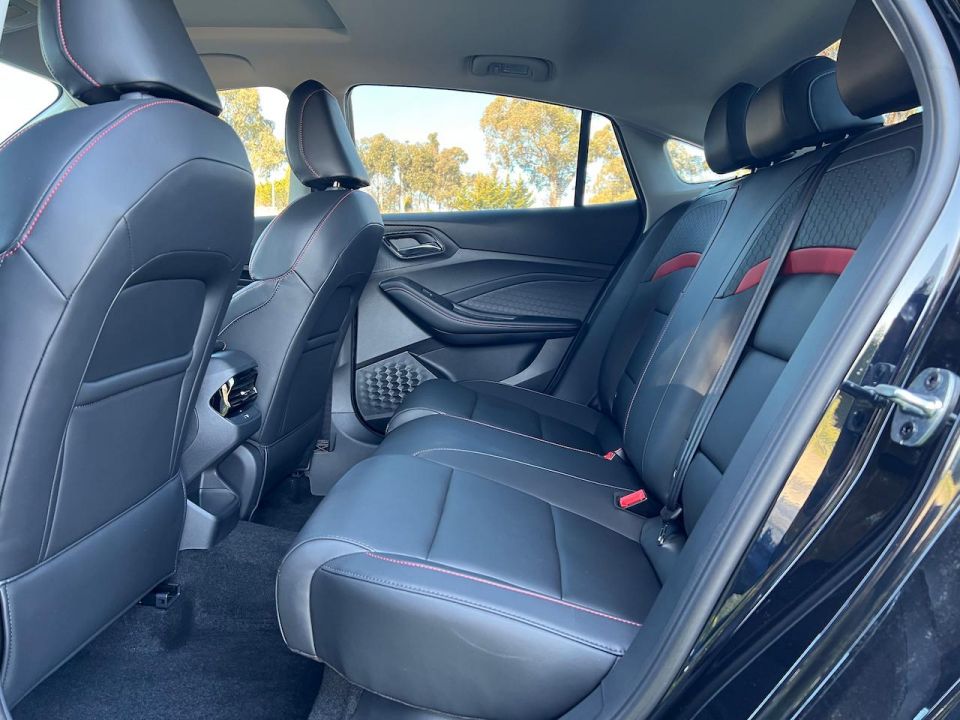
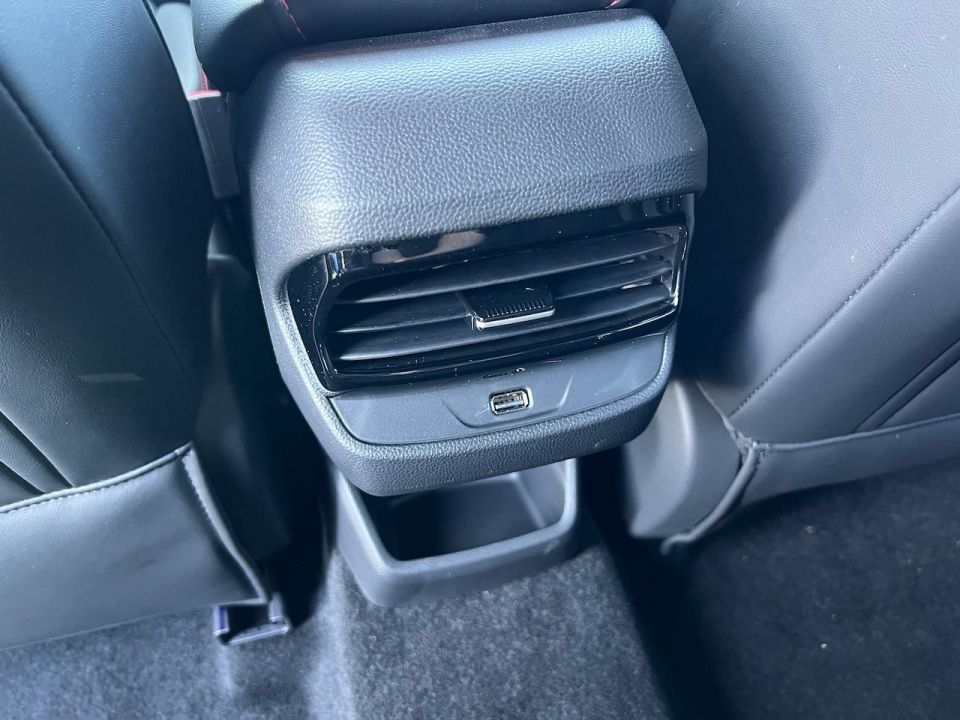
In the back, there’s another quirk for the ventilation system – there’s just the one directional air vent. That’s great if you one have one kid, but not ideal if you have two. Same goes for the fact there’s only one USB port in the back.
If you have kids, there are ISOFIX points on the window seats and top-tether points as well; but if you’re hauling grown-ups they’ll appreciate the fact the seat is actually comfortable. Like, properly squishy and easily roomy enough for larger adults.
I’m 182cm or 6’0” tall, and I sat behind my own driving position with inches of space in front of my knees, and there was good room in the footwell. Headroom is just a bit tight, courtesy of the sloping roofline. Anyone who is taller than I am will likely find it a bit squeezy.
There’s a small intrusion from the transmission tunnel (because this is built on a floor pan shared with models that have all-wheel drive), but there is going to be enough room for three smaller occupants who don’t mind each other’s company.
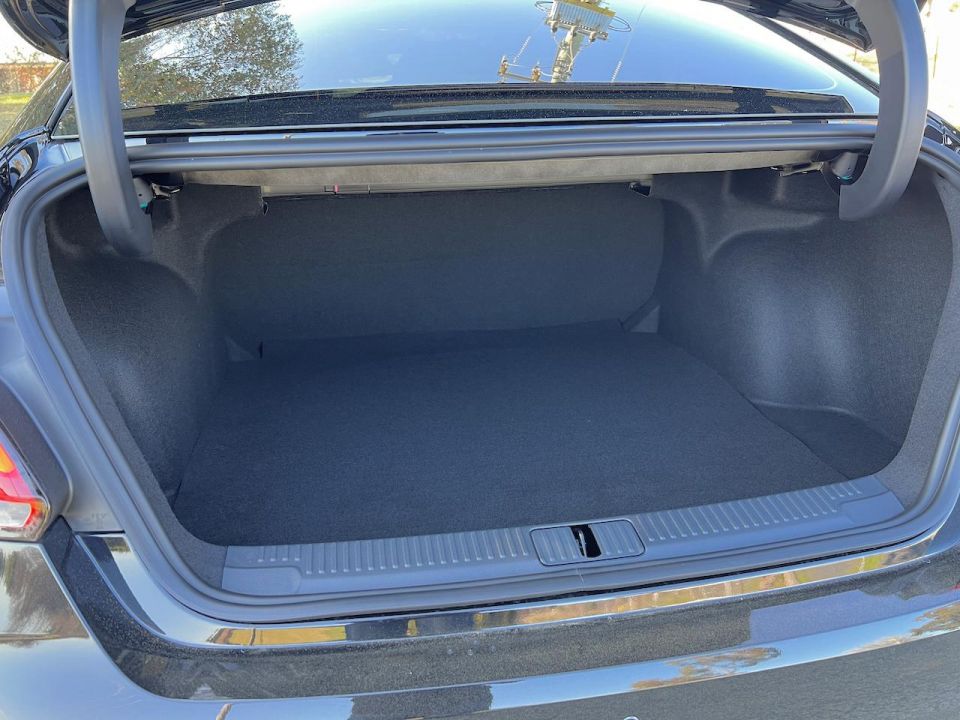
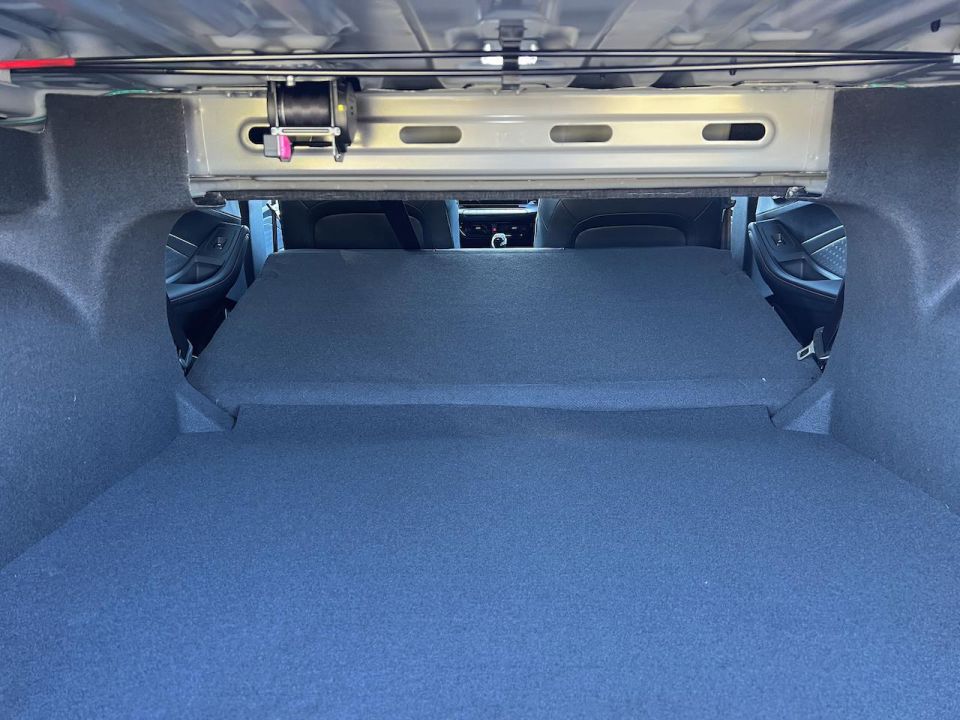
Amenities are okay, with pockets on the seat backs, bottle holders in the doors, but no flip-down armrest and therefore no cupholders for those in the back. Now, that seat back folds down in a single piece if you need to load longer items through, and while that might be fine for some, a split fold setup would be better, especially if you have a child’s seat fitted.
The boot itself is decent in terms of the shape and size of it, though bigger bulkier prams might struggle to load through the aperture. MG says there’s 401 litres of cargo capacity on offer.
Buyers who value the practicality of a spare wheel will appreciate that there’s a space-saver on offer under the boot floor of the MG 5, and even better there’s tyre pressure monitoring for both grades too. That’ll definitely appeal to rural and country customers.
You’ve got the choice of two different powertrains across the two versions of the MG 5.
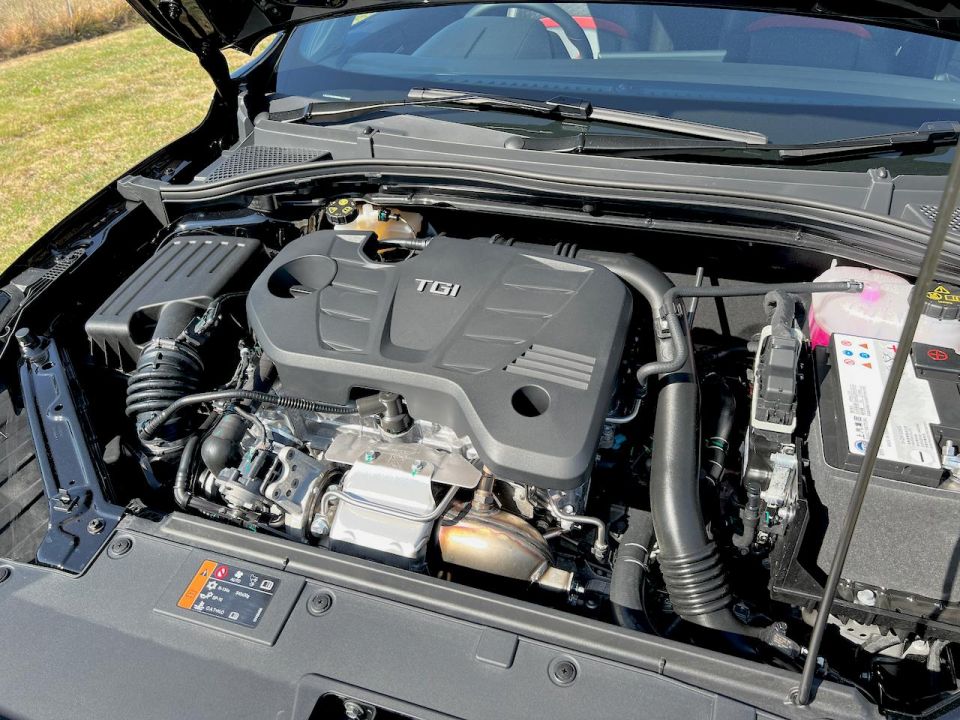
The entry-level MG 5 Vibe comes with a 1.5-litre naturally-aspirated four-cylinder petrol engine, with 84kW of power (6000rpm) and 150Nm of torque (4500rpm).
It’s essentially the same engine found in the smaller and lighter MG 3 hatchback but with 2kW more, and with a different transmission – in the MG 5’s case, there’s a continuously variable transmission (CVT) auto instead of a four-speed auto.
The top-spec Essence on test comes with a considerably more powerful engine – it’s also a 1.5-litre four-cylinder unit, but it’s turbocharged which allows it something in the region of 40 per cent more power and 66 per cent more torque than the base car, with 119kW (5600rpm) and 250Nm (3000-4000rpm).
It uses a seven-speed dual-clutch automatic transmission with steering-wheel mounted paddle-shifters. All MG 5 variants are front-wheel drive in Australia.
The official combined fuel consumption figures are pretty good for both versions of the MG 5, with the Vibe claiming 5.7 litres per 100km, and the Essence rated at 5.9 litres per 100km. Over more than 100km of mixed driving when testing the MG 5 Essence, I saw a real-world return of 7.0 litres per 100km.
It has a 50-litre fuel tank, and the Vibe can run on regular 91 RON unleaded, while the Essence needs premium juice (95 RON).
I really was surprised by some elements of the MG 5 drive experience.

I was impressed by its excellent ride quality. This test drive was done in the central west of NSW, where the roads have worse pockmarks than a 13-year-old Matt Campbell had, and the MG 5 dealt with nasty lumpy and bumpy sections well.
The Essence grade has the slightly larger – but not large by current standards – 17-inch wheels, and while there was a slightly firmer edge in some situations, the general ride control and comfort was exceptionally good. It felt – dare I say it – almost Volkswagen-like in its composure and sure-footedness.
Admittedly it has a torsion-beam rear suspension setup (and MacPherson up front), so it can skip around just a tad if you hit a bump mid-corner, but it was hardly a problem and it managed to maintain its composure in most of the situations thrown at it over more than a hundred kilometres of mixed driving.
The steering is good too, with a nice direct action to it, and a decent amount of feel to the driver’s hands. There’s a few different drive modes you can adjust for the steering weight, but I left it in normal mode most of the time and it was perfectly suitable for that type of driving.
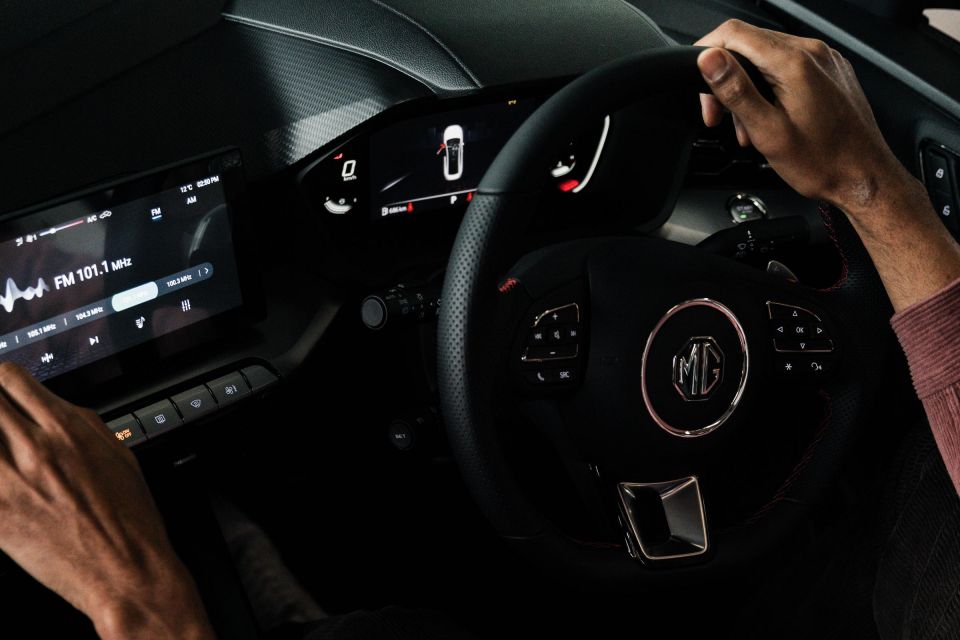
What may not be perfectly fine for most people is the way the car behaves at lower speeds. If you spend a lot of time in stop-start traffic, it’s worth test driving this car to see if you can live with it.
That’s because the Essence’s turbo engine, in combination with the dual-clutch automatic transmission, is quite laggy when you take off from a standing start. After just a couple of hours of driving, I found myself second-guessing whether I could make a gap in traffic safely, such was the hesitation at times.
But if you are a long-distance commuter, or live in a rural area where traffic jams aren’t really a concern, it might be just fine for you. There’s also a sport mode for the transmission and paddle-shifters if you want to take matters into your own hands, but neither really iron out the issues with the low-speed acceleration.
It’s that typical ‘laaaaaaaaaaaaaaaag-LURCH‘ sensation that has been a common issue with this type of drivetrain in the past. But there is a good engine here, with easily enough poke for most people’s needs, and like I said, it might be fine if you aren’t often sitting in a tailback.

The only other big consideration might be road noise, as there’s a bit of that to contend with on coarse-chip road surfaces. But make no mistake – this isn’t miles behind the competition when it comes to the drive experience.
In fact, I liked it more than one of those entry-level Korean rivals, because there’s just a bit more zest from the engine, even considering the lag. Honestly, it felt a bit more comfortable than the last Cerato or i30 Sedan I drove on similar roads as well.
Told you, it was a surprise.
There are some really nice standard inclusions here, including the standard fitment of LED headlights which you won’t find in a Hyundai i30 sedan or Kia Cerato at the base level.
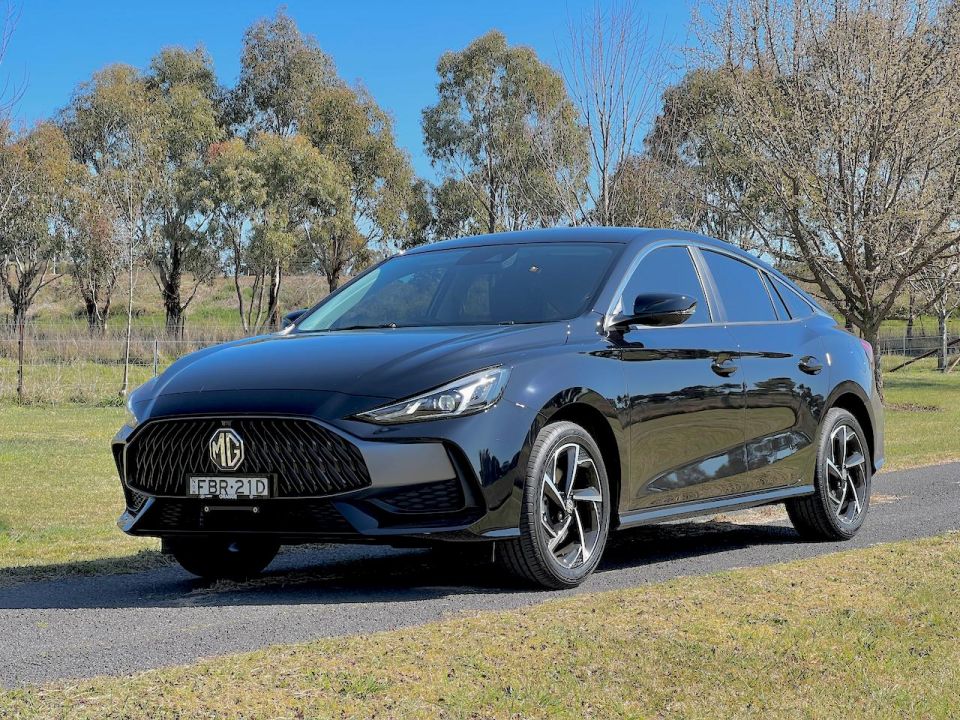



Where expert car reviews meet expert car buying – CarExpert gives you trusted advice, personalised service and real savings on your next new car.
MG 5 Vibe highlights:


MG 5 Essence adds:
It doesn’t have any crash test or safety score yet, and if it were to be tested by the Australasian New Car Assessment Program (ANCAP), it would likely score three stars.
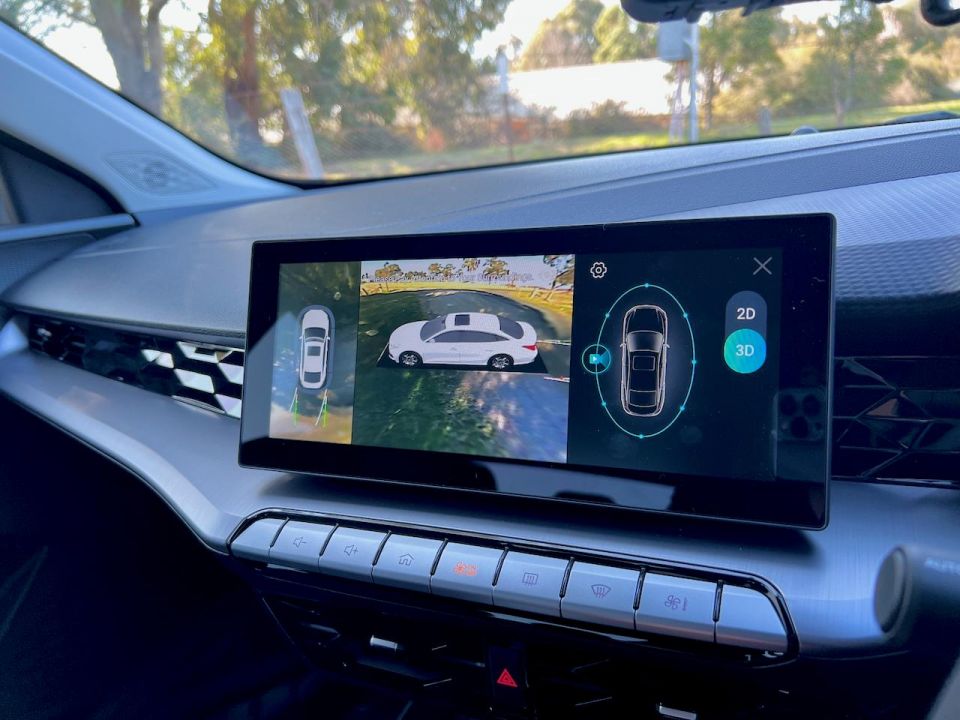
If that’s a dealbreaker for you, then that’s understandable. Just know that this car has limited advanced safety technology, which is why it wouldn’t score five stars.
Who knows how it would hold up in a crash test scenario – maybe we’ll find out at a later date.
Standard safety features include:
Look, I’ve driven a heap of new affordable cars from China in recent times, and I can tell you that there’s nothing much more frustrating than technology that doesn’t work right.
So I could totally understand if you’re the sort of person who doesn’t want the nannies interrupting you while you’re driving.
The MG 5 comes with a standard seven-year, unlimited-kilometre warranty for private buyers, which trims back to 160,000km for commercial operators – Uber drivers, take note.
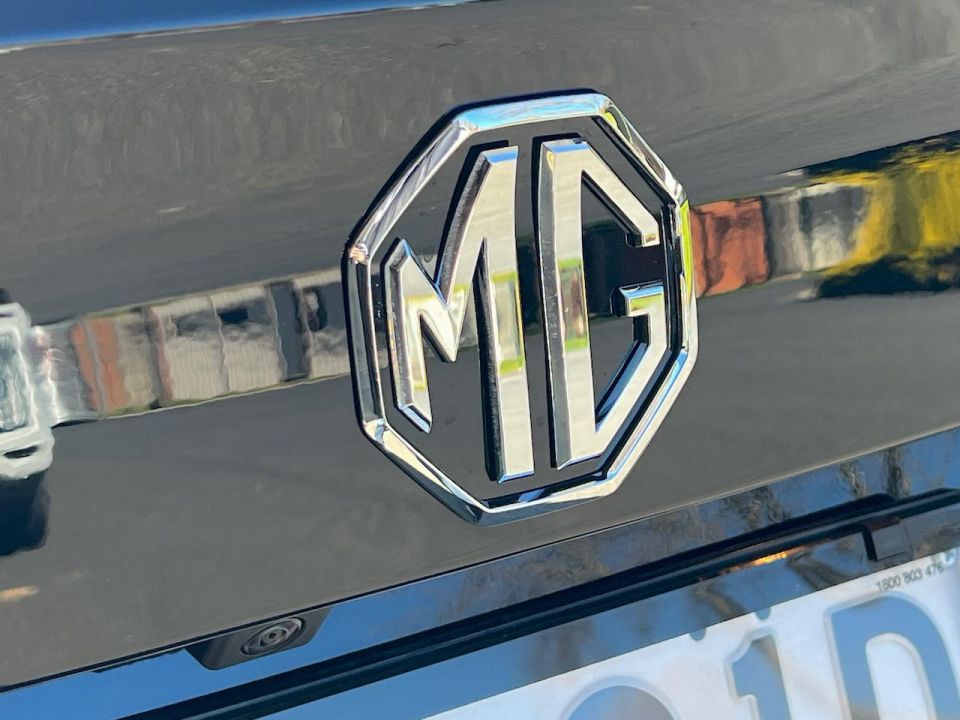
The company also offers seven years of roadside assistance for customers who maintain their vehicle at MG’s workshops.
Servicing is due every 12 months or 10,000km, which is a touch more regular than most rivals (with 15,000km being the general rule these days).
The service costs are pretty decent, though, with the Vibe averaging about $380 per year, and the Essence adding a little more, at $395 per annum on average.
The MG 5 was way better to drive than I expected in some ways, and about exactly what I expected in others.
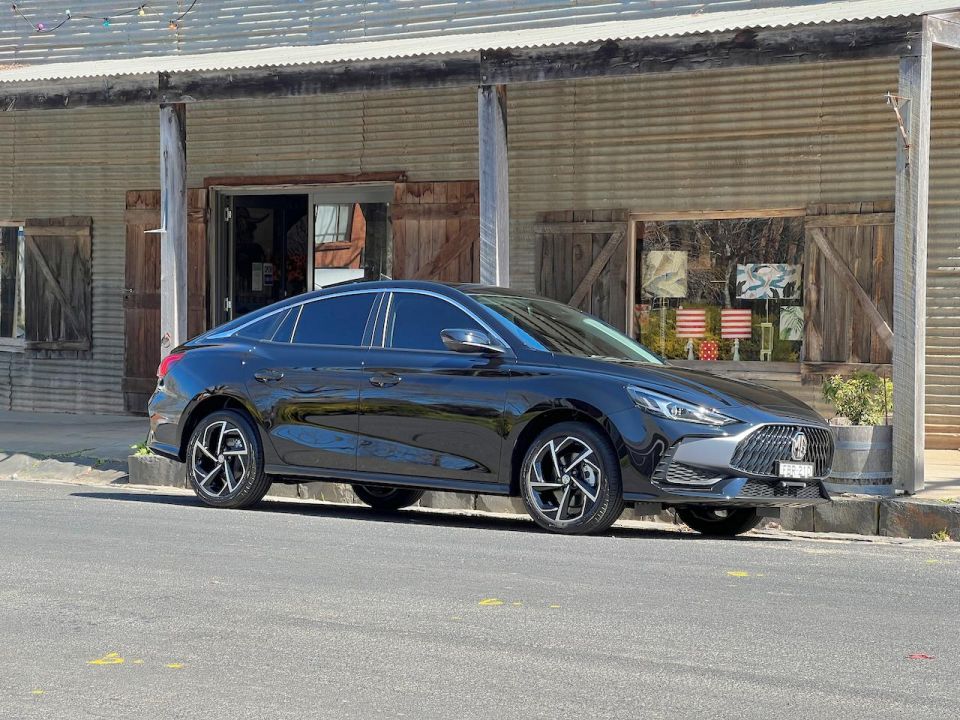
The turbo-petrol engine and dual-clutch transmission need some work in terms of usability at lower speeds, but I was more than okay with the rest of the drive experience, including the fact it didn’t have tech nannies interrupting the drive.
I think it looks great, feels nice inside, drives well and has the promise of a decent ownership experience. If you can overlook the lack of safety tech and the at-times frustrating low-speed driving behaviour, then you could be very happy with this car.
Thanks to our friends at Orange MG for helping facilitate this vehicle loan.
MORE: Everything MG 5
Where expert car reviews meet expert car buying – CarExpert gives you trusted advice, personalised service and real savings on your next new car.
Matt has more than a decade of experience in automotive journalism, and loves exploring the pros and cons of new cars, delving into deep-dive industry stories, and going for a drive just for the fun of it.


William Stopford
16 Hours Ago


William Stopford
2 Days Ago


CarExpert.com.au
5 Days Ago


Damion Smy
6 Days Ago


Damion Smy
10 Days Ago
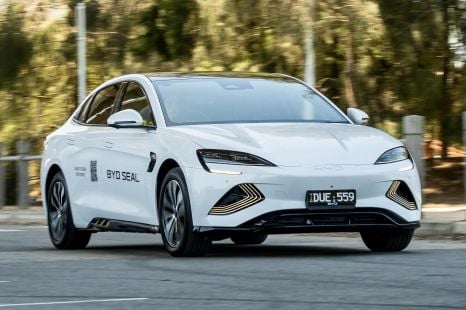

Max Davies
14 Days Ago